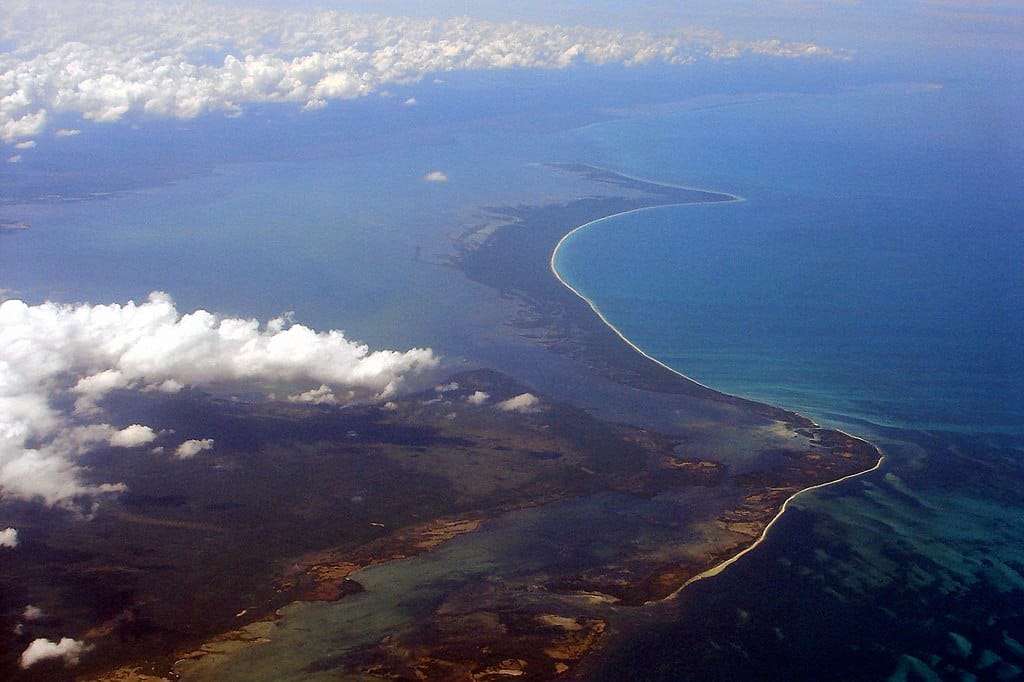Cabo Catoche Island: where two seas meet

Cabo Catoche is a semi-uninhabited island where nature is your best guest. The birds are at ease, the trees and bushes provide welcome shade, and the soft sand welcomes you to walk down the shore, in addition to the stunning views.
A snorkeling paradise
Cabo Catoche island is accessible by boat. You can book a private boat ride departing from Cancun or Holbox. This may include a snorkeling tour of the area. While sailing the water, you will see a variety of fish of various shapes and colors, as well as dolphins and sea turtles.
Cabo Catoche island: Not just nature
Cabo Catoche island is surrounded by beautiful nature. It features ancient sites, including Ekab, a Mayan jurisdiction. You can also go to Boca Iglesia, which is a relic of what was once a sanctuary, the first of its kind in Latin America, and which marked the start of Christian existence. Boca Iglesia is a temple that highlighted the country’s Christian life; it was the first Catholic church built in all of Latin America.
Take photos of the wildlife
In addition to history, nature reigns supreme in Cabo Catoche, where many birds fly freely among the plants and a vast panorama and the sea can be seen; here is a place to get lost and eventually find yourself. You may also watch wild dolphins swim in the ocean and walk along miles of gorgeous beaches.
Cabo Catoche island: What to do
The area is also known for its diverse underwater ecosystem. Start the day with a fishing excursion, where you’ll catch some fresh local fish for your ceviche meal later. After that, go into the ocean with your guide for a snorkeling tour of the area. There’s a cave to explore that’s 2 meters deep, with colorful coral hiding all types of tropical fish and species. You might see octopus, lobsters, and turtles if you’re lucky.
Some info about the whale shark season
In Cabo Catoche Island you can also see whale sharks. The Whale Shark Season officially begins on May 15th and ends on September 17th. There are sporadic sightings at the start of the season, finding them in small numbers at first, and as the season progresses, the number of whale sharks grows until we reach a peak in July and August.
